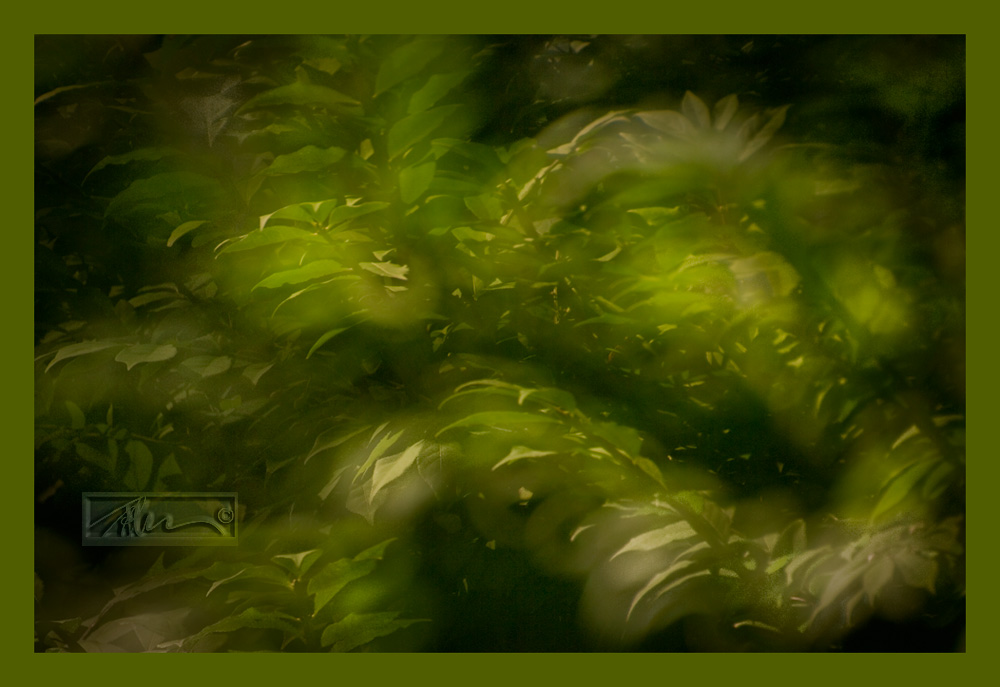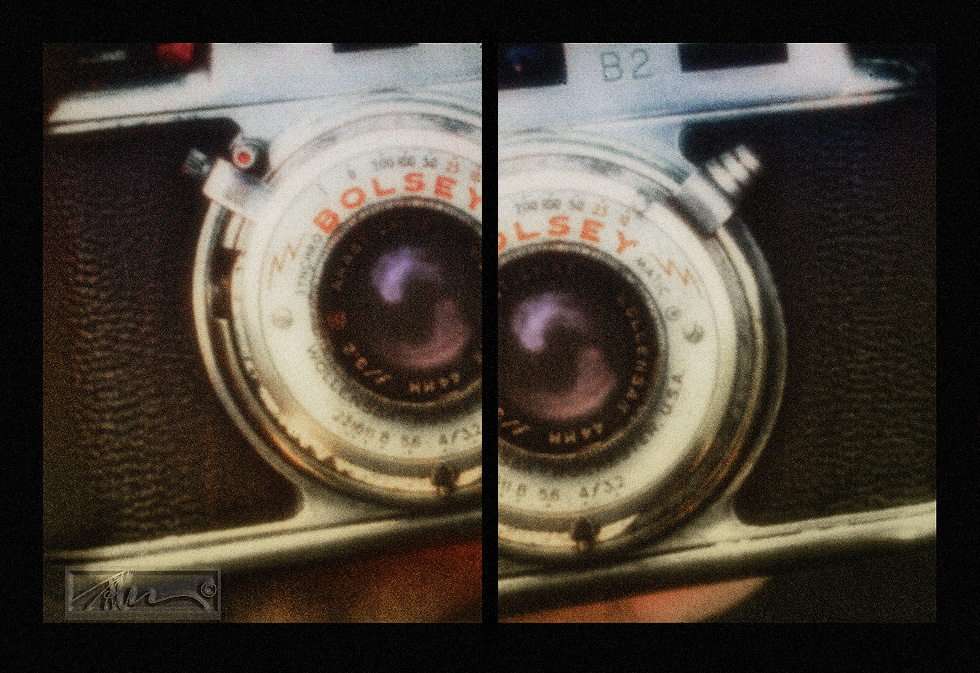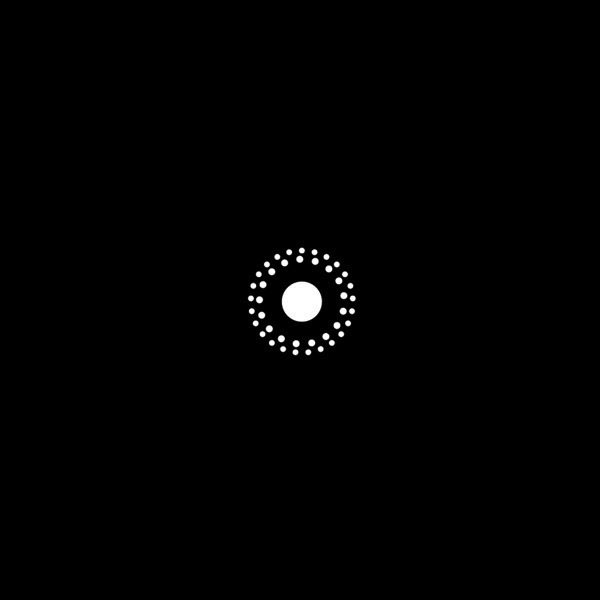“In anticipation of the next Worldwide Pinhole Photography Day, I’ll be producing a number of posts about pinhole imaging.”
There are plenty of reasons to make soft and what some think of as out of focus images. One of the most interesting to me is that they can have a unique painterly appearance.
One of the best tools for creating soft focus imagery is to use a Pinhole Sieve. The Pinhole Sieve, also known as a Zone Sieve, is a hybrid pinhole technique that uses an array of tiny pin sized apertures surrounding a larger center pinhole aperture. The results of using such a simple image making technique can be pretty amazing.
The whole lot of holes thing
A hybrid between a standard pinhole and a Zone Plate, the Pinhole Zone Sieve is basically a piece of high-density film (called a plate) that is comprised of a series of circular transparent “openings” usually designed with a specific pattern. The pattern and size of the transparent openings are calculated to produce a desired focus and photographic result. The plate acts as a lens in that the light passing through the transparent holes produces a focused effect as it passes over the inside edges of the circles. Images taken with a Zone Sieve are soft and diffused compared to a normal pinhole result, but they also show relatively sharp edges and pretty distinct detail.
To be a bit more concise, there are a number of different configurations of this concept.
- First is the basic pinhole, which is the use of a single aperture to create an image. It relies on the idea that light travels in straight lines. It records an image from the variation in brightness of light rays reflected from the various surfaces as well as direct sources.
- Second is the Zone Plate, which utilizes a series of concentric rings, which actually bend the light rays inward to form a focused image. As the light passes over the inner edges of the rings, the light is refracted or bent inward toward a focus point. The ZP acts as a lens.
- Third is the Zone Sieve, which is a variant of the Zone Plate in that it uses a series of concentric rings made up of tiny circular apertures that also allow for focus in a the same way as a ZP.
- Forth is the Pinhole ZP/ZS, or any combination of any/or all of the above.
The specific version shown below, which was used to produce the images shown in this post, is actually a Pinhole Zone Sieve with an aperture equivalent of approximately f/90. It looks very similar in configuration to the one that is illustrated. The design can vary greatly in order to achieve a vast number of final configurations, which can be used to determine certain image outcomes for sharpness, glow, and other optical properties..
The most striking aspect of a Zone Sieve is its ability to focus the subject while at the same time, producing a glow effect around lighted details.
The ZS is faster than a pinhole in that its multiple aperture design allows much more light to pass to the film or sensor. A typical ZS has a total aperture effect that is at least several times faster than a pinhole. Where a pinhole might have an aperture of f/250, a ZS might be something like f/90, f/56 or faster. This allows for easy handheld shooting outdoors in bright sun.
A Zone Plate is different from a Zone Sieve in that the ZP uses a series of concentric rings rather than bands of pinhole sized apertures. As with a Zone Plate, the Zone Sieve has the ability to focus the light passing through the outer bands (rings or circlets). The center opening acts as a pinhole. In effect, the image is formed by two different pinhole concepts. The image is formed by both a pinhole as well as the focus effect that is created by the rings.
There are many different design possibilities for Zone Plates and Zone Sieves. Each design can have a different effect on glow, aperture, color focus and image sharpness.
Personally, I find Pinholes, Zone Plates and Zone Sieves to be pretty marvelous ways to form an image with light. I am as fascinated by the simplicity of these lensless devices as I am with the sharpness of a well made glass lens. To most of the people that love pinhole methods, it is a miracle that an image can be formed by what simply amounts to a tiny hole or a piece of film with a simple geometric pattern.
To me and many others, it is all about light, light-rays, physics and photographic play.
Here are a few more links to pinhole related topics.
- Skink Pinhole Pancake – HDR, Stitched and Digitally Painted
- Pushing the Pinhole Image
- Pinhole Photography – How to measure the diameter of a DIY pinhole aperture
- Pinhole Calculator – How To Use
- Only months away – April 27, 2014 is WPPD
I cover many photographic topics and techniques in my book including Pinhole, Zone Plate and Zone Sieve. – Great Photography Gift Idea for the Holiday.
Please have a look at some of my other posts here.
NOTICE of Copyright: THIS POSTING AS WELL AS ALL PHOTOGRAPHS, GALLERY IMAGES, AND ILLUSTRATIONS ARE COPYRIGHT © JOHN NEEL AND ARE NOT TO BE USED FOR ANY PURPOSE WITHOUT WRITTEN CONSENT FROM THE WRITER, THE PHOTOGRAPHER AND/OR lensgarden.com. THE IDEAS EXPRESSED ARE THE PROPERTY OF THE PHOTOGRAPHER AND THE AUTHOR.





